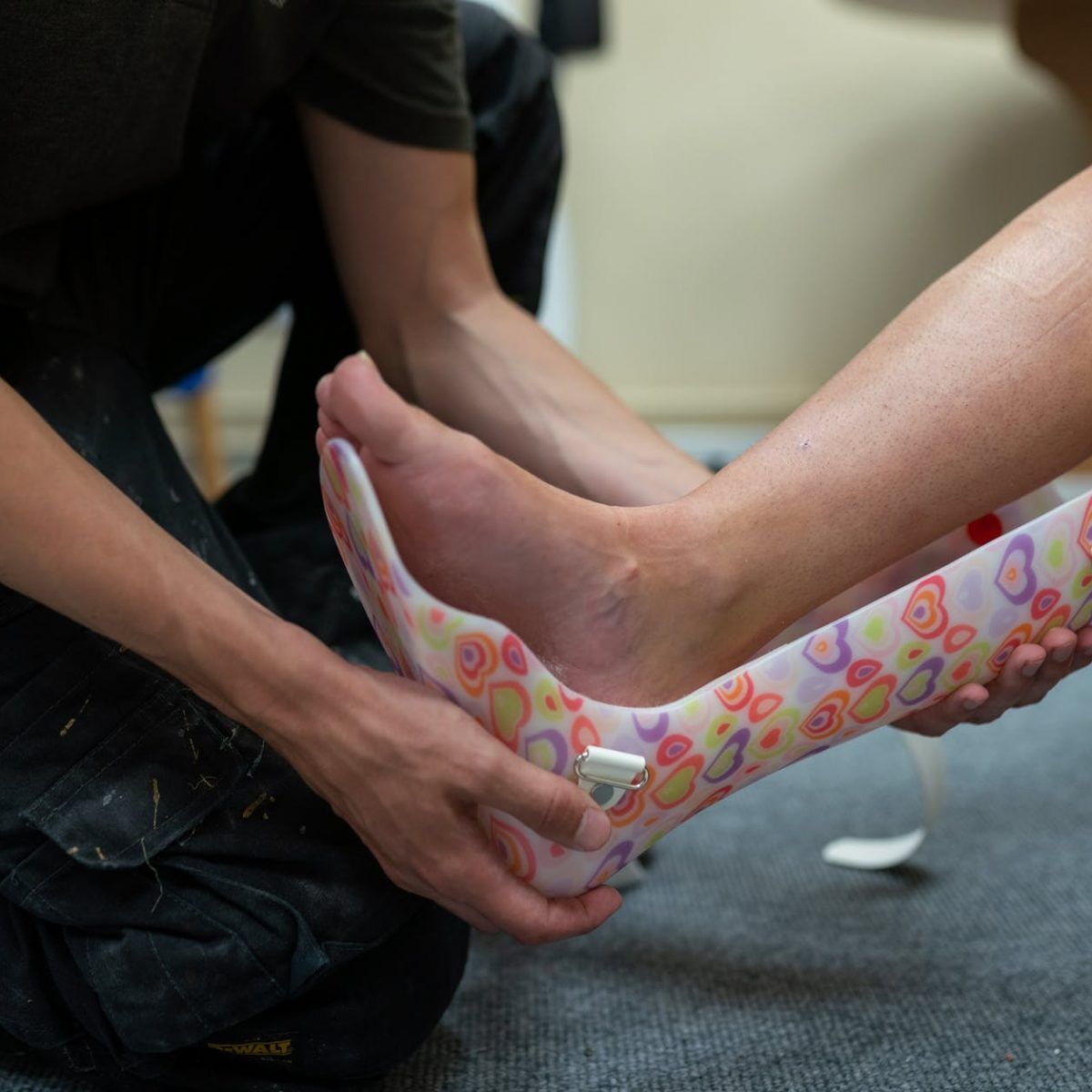Choosing the Right Orthotics
Your feet are a highly-evolved piece of biotechnology capable of indefinite mileage and even considerable comfort. But if you need orthotics to address conditions or injury, only the right pair will offer comfortable mobility and structural preservation for the feet, legs, and back.
Over 60 million Americans are runners and over 80% of American runners practice this timeless activity for health and exercise. Then over a third of runners will take their passion to new levels and train on roads and trails to compete in competitions like marathons and 5k events.
For those who spend many hours on the road, foot orthotics can provide a number of advantages. The right orthotic from the Orthotic Shop can optimize running capacity, preserve energy, correct deformities, and provide the cushioning and support needed to endure.
But these advantages are only available for those choosing the right type of orthotic. The wrong orthotic can have the opposite effect, making running uncomfortable and even painful.
Choosing a foot orthotic that is right for you
One of the most obvious complications created by using the wrong orthotic for your feet is increased pain and discomfort while running. This is caused because the original issue is not being addressed by the foot orthotic you have chosen. Or, the problem could begin with the orthotic itself placing undue pressure or support where it is not needed.
The pain may get more serious from there. If the foot is misaligned or the weight is not being properly distributed through the legs and hips and back, the pain can migrate. In many cases, the pain from dis-balanced feet can travel to the hips, back, and even the shoulders and neck.
If the patient is not wearing proper orthotics for their feet, a similar issue can ensue. If the foot or toes do not have the room to move freely when using an orthotic or orthotic insert from the Orthotic Shop, the dynamics of the foot in motion will be thwarted and this can result in pains and mobility issues. If the orthotic is worn out, it will likely not provide the proper support.
Helping patients pick the right orthotic
One of the best ways to avoid any issues with incorrect orthotics is to have your orthotic selected professionally, or have an orthotic designed for your foot and condition. A custom-designed or professionally selected orthotic will provide the perfect amount of support to your foot and avoid any problems that can come from incorrect orthotics.
Another option is to choose an over-the-counter orthotic insert. There are 4 different types to choose from.
Insoles — with a little extra cushioning to help distribute the weight and impact of your stride, a proper insole can relieve pressure and pain. Studies have also shown that insoles can reduce the pains of osteoarthritis and knee pains.
Arch Support — research has shown that adding support to the arch of the foot can increase stability and balance. When the stride is smooth and balanced the impact on other parts of the body is greatly reduced.
Heel liners — the pads at the base of the heels can become thin and diminished, with age, illness, or overuse. Heel liners can increase the padding to the foot and provide extra cushioning in this important region. This can help to prevent pains caused by the impact concentrated on the heel.
Foot cushions — the best thing about foot cushions from the Orthotic Shop is that they can be placed anywhere on the foot and they will provide that added softness and reduced pressure that can relieve pains.
Orthotics and specific foot issues
Studies have shown that specific types of inserts work especially well in different types of conditions. An article printed in the 2015 Journal of Clinical Research on Foot & Ankle described a study performed on 40 subjects suffering from plantar fasciitis. The participants were asked to wear silicone pads and the rest were using arch supports.
The conditions of the patients were assessed carefully before the onset of the study and six weeks after as well. Both the group wearing heel pads and the groups wearing arch support inserts made considerable improvement in their conditions. They also expressed a great reduction in heel pains.
Tips for choosing the right orthotic
The American Podiatric Medical Association (APMA) offers some important suggestions for patients looking to improve conditions with orthotic inserts. These can help your patients maintain their running programs despite any foot-related issues they may be experiencing. These include:
Consider their current health status — if your patient is suffering from high blood pressure, diabetes, or strained muscles, it is best to seek professional help with these conditions before beginning a running program.
How do they plan to use the orthotic — will the orthotics be used in the patient’s running shoes alone? Will they also be used in their work shoes? The orthotic must be properly fitted to the needs of the patient when they are wearing that particular shoe.
Paying attention to how they feel — if the patient is feeling that they are suffering pain or discomfort from their orthotic insole, it may not be the right option for them or it may not fit with the shoes they are using. Rather than encouraging them to not use orthotics, help your patient find an option that will suit their feet and shoes better.





